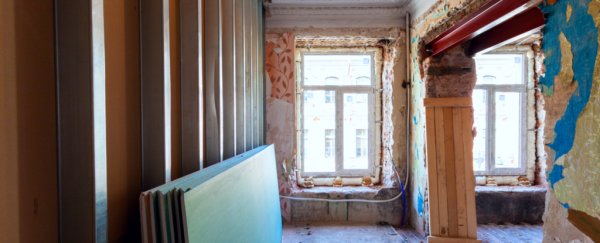Tackling a home improvement project? Your next remodel may pretty up your home, but it could befoul the air you breathe.
Now, the Healthy Living Home Guide makes it easier to choose products that won't contribute to indoor air pollution.
The online guide was prepared by the Environmental Working Group, an advocacy organisation that focuses on chemicals in consumer products.
The guide looks at health risks in every room of the house and gives suggestions on what to do about them. In the bathroom, for example, caulks and adhesives can emit high concentrations of VOCs, or volatile organic compounds.
Drywall in your new bedroom can damage unprotected lungs or trap moisture and mould. And houses without the proper ventilation systems can circulate such gases as radon, a naturally occurring radioactive gas that can damage DNA and cause cancer.
Air quality is the guide's main concern - and because people spend most of their time indoors, it makes sense to home in on the air they breathe.
According to the Environmental Protection Agency, the air inside homes and other buildings can be more polluted than outside air in large cities.
The guide suggests quick changes, such as using water-based latex paint that's low or no VOC and using air filters that carry a minimum efficiency reporting value (MERV) rating of 10 or higher
Although most of the recommendations are aimed at homeowners, renters can adopt some of them, too, like using a HEPA-filtered vacuum and a mattress made with water-based glue instead of one that emits VOCs.
True to its name, the EWG also mixes in its sustainability message with a healthy one.
As a result, the Healthy Living Home Guide is kind of a twofer, offering quick consumer advice that can both improve indoor air quality and help save nonrenewable resources outside the home.
2017 © The Washington Post
This article was originally published by The Washington Post.
